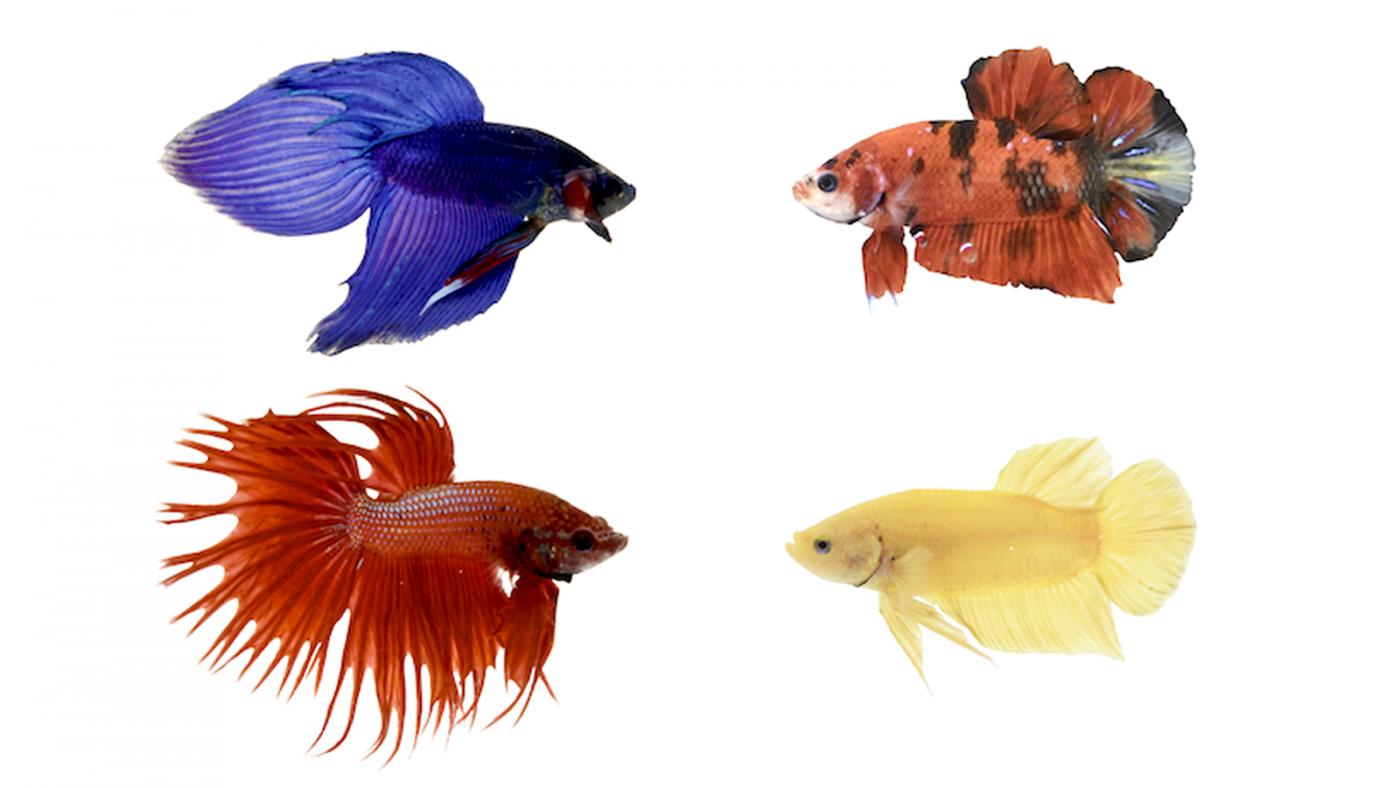Exactly How to Breed Betta Fish Effectively: Specialist Methods and Insights for Hobbyists Aiming To Increase Their Betta Collection
Reproducing Betta fish requires a nuanced understanding of genetics and environmental conditions, making it vital for hobbyists to approach the procedure with both persistance and care. Creating an optimum breeding setting, picking the best pairs, and observing the complexities of their courtship behaviors are fundamental steps that can considerably influence the end result.
Understanding Betta Fish Genetics
Understanding the genes of Betta fish is critical for effective breeding, as it influences traits such as shade, fin form, and actions. Betta fish show a diverse selection of shades and patterns, mainly identified by their hereditary make-up. The main genetics in charge of pigmentation consist of the "B" gene for blue, "D" genetics for red, and the "C" gene for shade intensity. Dog breeders can adjust these traits by selecting specific parent fish that exhibit preferred attributes.
Along with pigmentation, fin morphology is another substantial aspect of Betta genetics (betta fish). The sizes and shape of fins are influenced by various genes, consisting of those that figure out whether the fins are short, long, or veil-shaped. Recognizing these hereditary variations aids breeders predict the phenotypic results of their offspring
Moreover, behavioral characteristics such as aggressiveness and territoriality can also be affected by genetics. These actions play an important duty in the reproducing process, as they can impact generating success and the general character of the resulting fry. By comprehensively understanding these hereditary principles, dog breeders can make informed choices, eventually boosting their breeding programs and attaining preferable outcomes.
Preparing the Breeding Environment
Creating an ideal breeding setting is essential for the successful reproduction of Betta fish. The very first step in preparing this environment is to select a suitable reproduction tank, preferably varying from 5 to 10 gallons. This size allows for sufficient swimming area and the establishment of regions. The storage tank must be equipped with a heating unit to preserve a stable temperature between 78 ° F and 80 ° F, which is essential for motivating generating habits.
Next, think about using a sponge filter or an air stone to provide mild water blood circulation without producing strong currents that can worry the fish. It is important to mount plants or reproducing cones to provide hiding places and promote comfort for the female throughout the spawning process. Drifting plants, such as Java moss or water sprite, can likewise produce an extra natural surroundings while facilitating bubble nest building by the man.
Before introducing the breeding sets, guarantee the water is conditioned and without damaging chemicals, such as chlorine or heavy steels. betta fish. Regular water modifications should be carried out to keep optimum water top quality, improving the opportunities of effective reproduction. With these prep work in position, the breeding setting will certainly sustain the health and wellness and wellness of both Betta fish
Choosing Reproduction Pairs
Selecting the ideal breeding sets is essential for achieving effective Betta fish recreation. Healthy and balanced Betta fish exhibit lively shades, clear eyes, and energetic behavior.
Personality is an additional crucial consideration, as Betta fish are understood for their hostile nature. It is recommended to select a male and female that this website show compatible personalities to lessen tension throughout the reproducing process. A calm male can urge a smoother courtship, while a lady that is too aggressive may interfere with the process.
Genetic history also plays a significant duty in the high quality of the children. Breeding fish that are genetically varied can minimize the threat of genetic wellness concerns and boost the total vitality of the fry. It is advantageous to investigate the lineage of both the man and woman, concentrating on preferable traits such as fin kind, shade patterns, and size.
The Breeding Refine
The reproduction process of Betta fish calls for mindful planning and interest to information to guarantee an effective end result. It is crucial to prepare an ideal reproduction storage tank, preferably a 5-10 gallon fish tank with a temperature level kept at 78-80 ° F. The storage tank needs to be outfitted with a heating system, filter (preferably sponge type to prevent strong currents), and lots of water plants for the lady to conceal.
Once the setting is established, introduce the chosen breeding set to the tank, permitting them to adapt. Observe their behavior; the man will display intricate courtship rituals, consisting of flaring his fins and building a bubble nest. If the lady reveals rate of interest, she will certainly display vertical red stripes showing preparedness for spawning.
When the woman is receptive, the pair will engage in a breeding accept, during which the male fertilizes the eggs. Preserving optimum water conditions throughout this period is necessary for the advancement of healthy and balanced Betta fry.
Caring for Betta Fry

Feeding Betta fry is vital, as they need a diet regimen high in protein. At first, they can be fed infusoria or fluid fry food, transitioning to finely crushed top notch pellets as they expand. Feed tiny portions several times a day to urge healthy and balanced development without straining the tank with uneaten food.

As they grow, check their growth carefully and divide any kind of aggressive individuals to avoid damage. By providing a supporting setting and appropriate nutrition, hobbyists can efficiently increase Betta fry into vibrant, healthy and balanced fish, eventually improving their breeding endeavors.
Final Thought
Effective Betta fish reproduction requires precise interest to genetic selection, find out environmental conditions, and care for the fry. By recognizing the genes of Betta fish and preparing an ideal reproduction environment, hobbyists can enhance the opportunities of creating vivid, healthy and balanced offspring. Selecting suitable reproduction pairs and carefully keeping an eye on the courtship and generating processes are necessary. Providing optimal treatment for the fry guarantees their healthy development, contributing to a successful Betta collection.